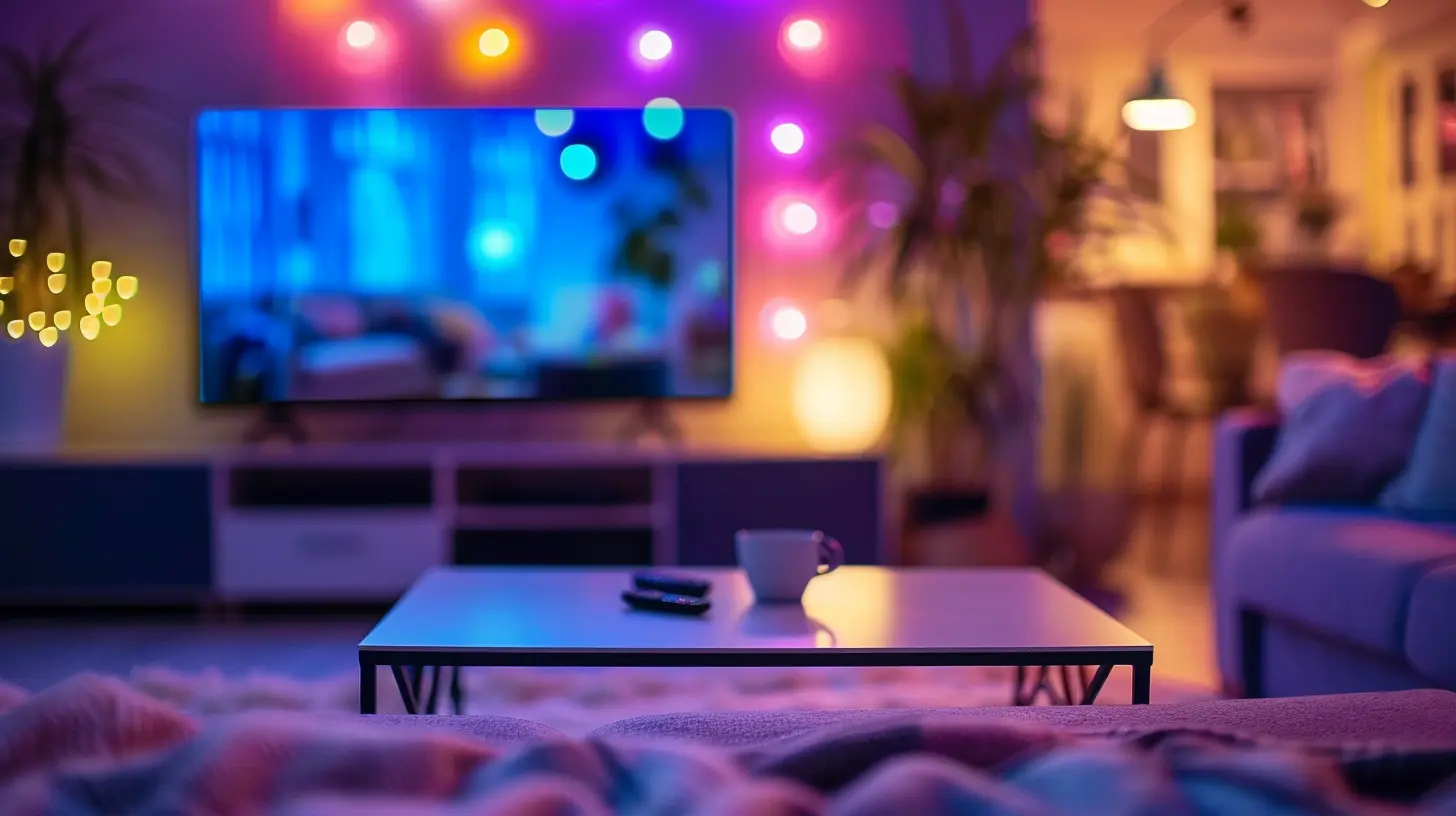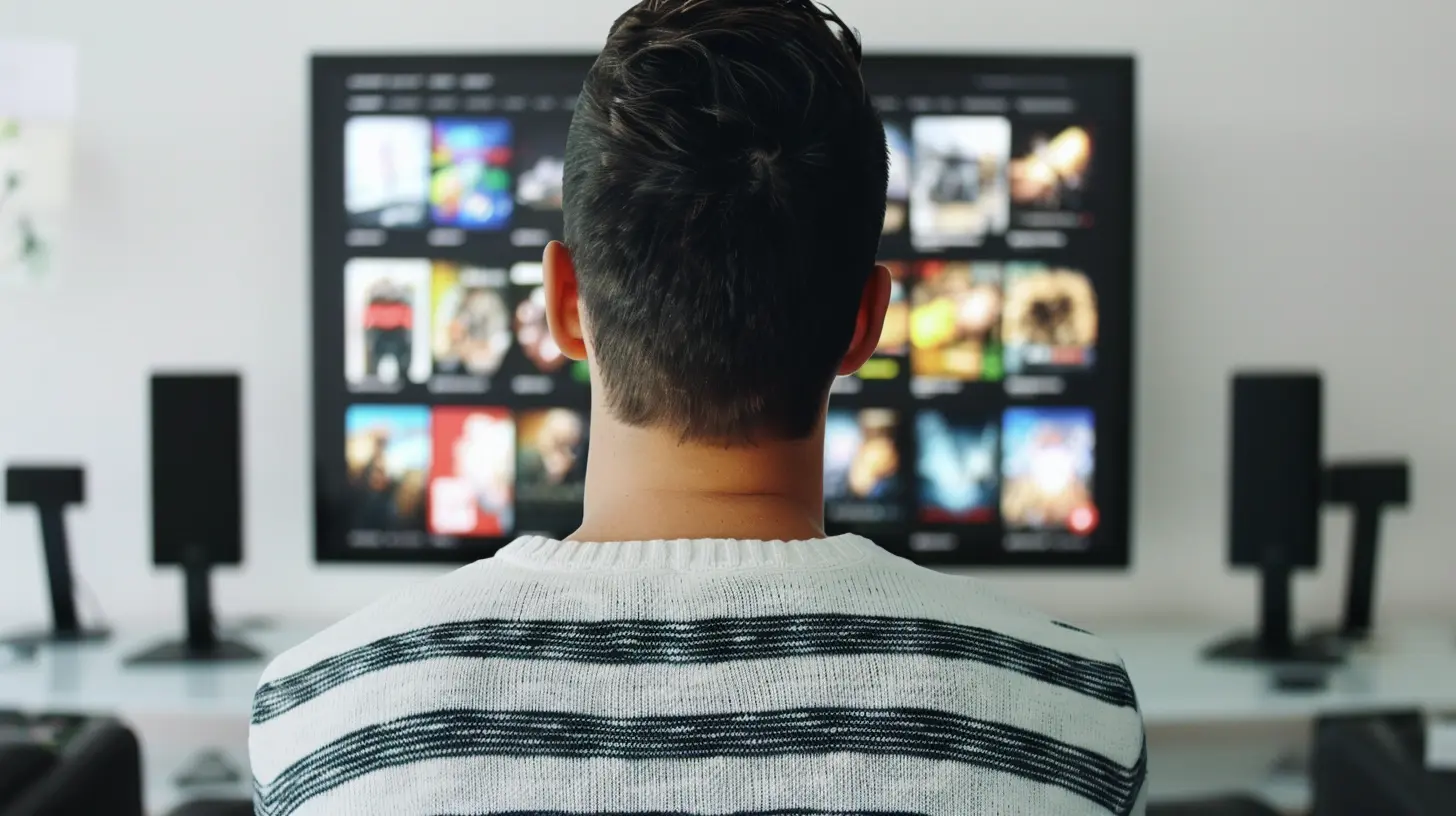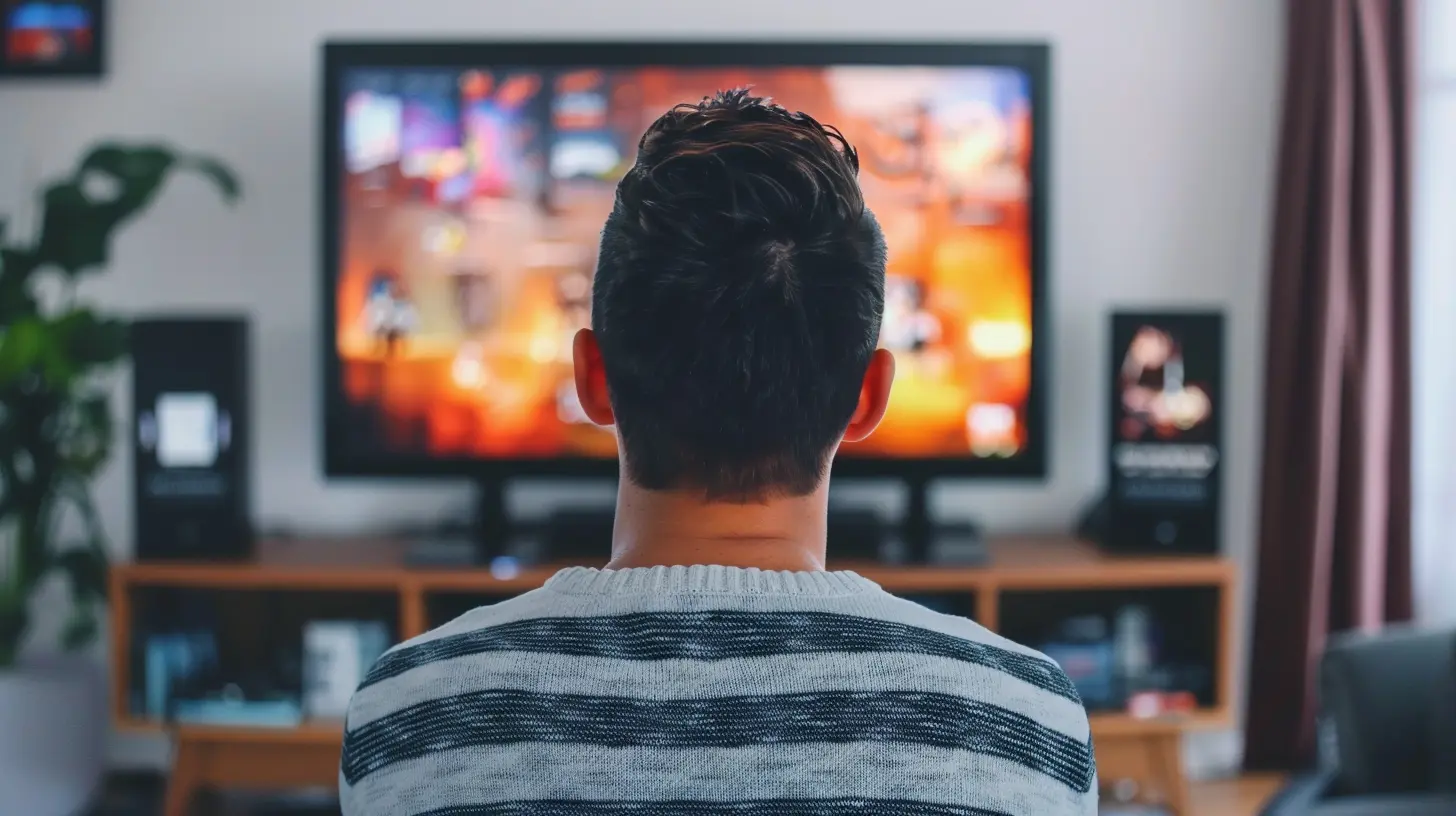Smart TV Buying Guide: What to Look for Before You Purchase
15 June 2025
Smart TVs have transformed the way we experience entertainment, bringing streaming services, gaming, and even web browsing straight to our living rooms. But with so many options available, choosing the right one can feel overwhelming.
Do you go for OLED or QLED? Is 4K enough, or should you future-proof with 8K? What about gaming features, refresh rates, or smart assistants?
Don't worry—I’ve got you covered. This guide will break everything down in simple terms so you can confidently pick the perfect Smart TV that fits your needs and budget. 
📺 1. Display Technology: OLED vs. QLED vs. LED
One of the most important factors in a Smart TV is its display technology. Here’s what you need to know about the big three:🔹 OLED (Organic Light Emitting Diode)
OLED TVs offer deeper blacks, vibrant colors, and an incredible contrast ratio. Since each pixel emits its own light, you get stunning picture quality with perfect blacks and great viewing angles. These are ideal for movie lovers and gamers looking for the best display experience.Pros:
- Incredible contrast and deep blacks
- Great viewing angles
- Energy efficient when showing dark scenes
Cons:
- Expensive compared to other technologies
- Risk of burn-in (if static images stay on the screen for long periods)
🔹 QLED (Quantum Dot LED)
QLED TVs (mainly from Samsung and a few other brands) use a layer of quantum dots to enhance brightness and color accuracy. These TVs get extremely bright, making them perfect for well-lit rooms.Pros:
- Higher brightness levels (great for daylight viewing)
- Long lifespan, no risk of burn-in
- Competitive pricing compared to OLED
Cons:
- Blacks are not as deep as OLED
- Viewing angles may not be as good as OLED
🔹 LED (Light Emitting Diode)
LED TVs are the most common and budget-friendly option. They use backlighting to illuminate the screen, but they don’t offer the same contrast and color vibrancy as OLED or QLED.Pros:
- Affordable pricing
- Energy-efficient
- Long-lasting
Cons:
- Blacks appear more grayish compared to OLED
- Viewing angles aren’t as great 
📏 2. Screen Size: How Big Should You Go?
Size matters when it comes to TVs, but bigger isn’t always better. You need to consider your room size and viewing distance.🔍 Recommended Screen Size Based on Viewing Distance
- 40-50 inches: Best for small rooms (6-7 ft viewing distance)- 55-65 inches: Ideal for medium-sized living rooms (7-9 ft distance)
- 70 inches and above: Perfect for large living spaces (10+ ft distance)
If in doubt, go bigger! A larger screen makes for a more immersive experience—just make sure it fits in your space. 
🏆 3. Resolution: 1080p vs. 4K vs. 8K
Resolution affects the sharpness and clarity of images. Here’s a quick breakdown:🔹 1080p (Full HD)
Still found on budget TVs, but pretty outdated for modern viewing. If you’re planning to watch Netflix, play games, or stream content, skip this and go for 4K.🔹 4K (Ultra HD) – The Sweet Spot!
With four times the resolution of 1080p, 4K delivers sharp and vibrant images. Since most streaming services now offer 4K content, this should be your go-to resolution.🔹 8K – Worth It? Not Yet!
While 8K sounds fancy, there’s barely any 8K content available. Plus, these TVs cost a fortune. Unless you’re investing for the future, stick with 4K.
⚡ 4. Refresh Rate: 60Hz vs. 120Hz vs. 240Hz
Refresh rate is how many times per second the TV updates the image. A higher number means smoother motion.- 60Hz: Standard for most TVs (fine for casual viewing)
- 120Hz: Great for sports and gaming (reduces motion blur)
- 240Hz: Overkill for most people (mainly high-end gaming setups)
For gamers and sports lovers, a 120Hz refresh rate is the sweet spot.
🎮 5. Gaming Features: What Gamers Should Look For
If you're into gaming, your Smart TV needs to have certain features to keep up with modern consoles like the PS5 and Xbox Series X.- Low Input Lag: Reduces delay between pressing a button and seeing the action on screen
- HDMI 2.1: Supports higher frame rates (120Hz at 4K) and delivers smoother gameplay
- VRR (Variable Refresh Rate): Eliminates screen tearing for a seamless gaming experience
- Auto Low Latency Mode (ALLM): Automatically switches to gaming mode for optimal performance
If gaming is a priority, look for a TV with these features.
🔊 6. Sound Quality: Do You Need a Soundbar?
Most Smart TVs have mediocre built-in speakers. If you want cinematic sound, consider investing in a soundbar or home theater system to enhance the audio experience.Look for TVs with:
- Dolby Atmos support for immersive surround sound
- DTS:X for a theater-like experience
- Built-in subwoofers for better bass
If you don't want to spend on external audio, check if the TV has AI sound enhancements to improve the built-in speaker performance.
📡 7. Smart Features: OS, Apps & Connectivity
Every Smart TV comes with an operating system, and some are better than others.Popular Smart TV Operating Systems:
- Android TV (Google TV): Offers Google Assistant, Chromecast, and Play Store apps- Roku TV: Simple interface with a massive library of apps
- Tizen OS (Samsung): Smooth and fast, works well with Samsung apps
- webOS (LG): User-friendly with good app selection
Make sure the TV supports your favorite streaming apps like Netflix, Disney+, Hulu, and YouTube.
Bonus: If you're into smart homes, check if your TV integrates with Alexa, Google Assistant, or Apple HomeKit.
⚡ 8. Connectivity: Ports & Wireless Options
You’ll want a TV with the right ports and connectivity options.Essential Ports:
- HDMI (at least 3 ports) – For gaming consoles, streaming devices, Blu-ray players
- USB Ports – For external storage and media playback
- Ethernet Port – For a more stable internet connection
- Optical Audio Out – If you're connecting to a sound system
Wireless Features:
- Wi-Fi 6: Faster and more stable internet connection
- Bluetooth: Useful for wireless headphones and gaming controllers
💰 9. Budget & Brand Comparison
Smart TVs come in all price ranges. Here’s a general idea:- Budget ($300-$600): TCL, Hisense, Vizio (Great for casual viewing)
- Mid-Range ($600-$1200): Samsung, LG, Sony (Better quality, Smart features)
- High-End ($1200+): OLED/QLED models (Premium picture & performance)
Always check for seasonal discounts—Black Friday, Cyber Monday, and holiday sales often have great deals!
🎯 Final Thoughts: Making the Right Choice
Choosing a Smart TV isn’t just about getting the biggest screen—it’s about finding the right balance of display quality, features, and price.If you want top-tier picture quality, OLED is unbeatable.
For brightness and affordability, QLED is a great alternative.
If you're buying on a budget, LED will still do the job.
Make sure the TV supports 4K resolution, has HDMI 2.1 for gaming, decent smart features, and good connectivity options.
At the end of the day, a great Smart TV should complement your lifestyle. So, go ahead, pick wisely, and enjoy next-level entertainment!
all images in this post were generated using AI tools
Category:
Smart TvsAuthor:

Jerry Graham
Discussion
rate this article
2 comments
Alice Fry
Ah, the joy of picking a Smart TV! Because who doesn't want to sift through a sea of confusing specs and flashy ads just to end up binge-watching cat videos? Good luck finding the 'perfect' box for all that 'smart'!
October 25, 2025 at 4:35 AM

Jerry Graham
Thanks for your comment! It can definitely be overwhelming, but a little research can help you find the right Smart TV to enhance your binge-watching experience—cat videos included!
Ariana Rios
Ah yes, because buying a TV is clearly as complicated as solving a Rubik's Cube while skydiving. Happy shopping!
June 19, 2025 at 4:19 AM

Jerry Graham
I appreciate the humor! While buying a TV may not be as extreme, it's still important to be informed for the best choice. Happy shopping!


